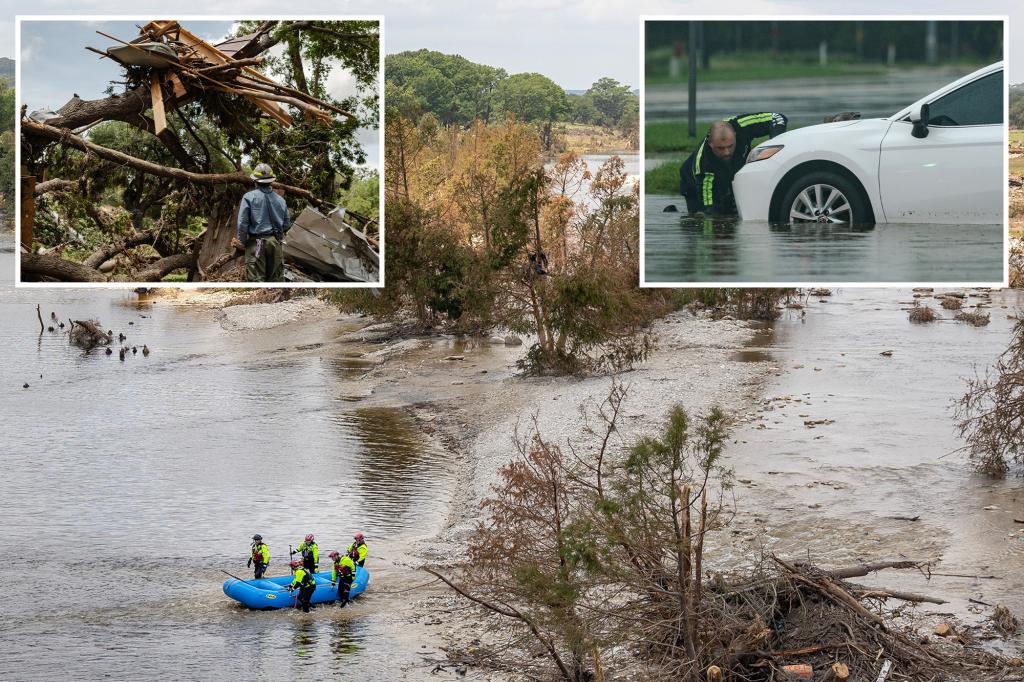New England’s Coastal Quake: Understanding the 3.8 Magnitude Tremor
On a seemingly ordinary day, coastal communities in New England experienced a jolt that was anything but typical. A 3.8 magnitude earthquake struck the waters off the coast, igniting discussions about seismic activity in this historically less active region. While earthquakes of this magnitude are not unprecedented, they raise significant questions about geological dynamics, community preparedness, and safety measures for coastal populations.
What Happened During the Quake?
On the morning of the tremor, residents reported feeling a sharp, sudden shaking. The epicenter was located several miles off the coast, which minimized damage to structures but sent ripples of concern through local communities. Fortunately, there were no immediate reports of injuries or significant property damage. Seismologists noted that this earthquake was part of a broader geological phenomenon that is often overlooked in New England.
While the magnitude of 3.8 might seem minor compared to the more powerful earthquakes recorded in places like California, it is essential to understand the context of seismic activity in New England. The region has a complex geological history, shaped by glacial movements, ancient fault lines, and tectonic shifts that can produce tremors.
The Geological Background of New England
New England is not typically known for seismic events. However, the region sits near the boundary of the North American plate, where tectonic movements can occasionally result in earthquakes. The geology of this area comprises ancient mountains and sedimentary basins, which have been molded over millions of years.
- Fault Lines: Although less active than places like California, New England has several minor fault lines. The most notable is the Western Massachusetts Seismic Zone, which has seen sporadic activity.
- Glacial Influence: The last Ice Age left a significant impact on the geology of New England, leading to a unique landscape that can influence seismic activity.
- Historical Context: In 1638, a significant earthquake (estimated at magnitude 5.5) shook the region, and there have been smaller tremors recorded since then.
Implications for Coastal Communities
The recent 3.8 magnitude earthquake serves as a wake-up call for coastal communities. While they may not experience frequent seismic events, this tremor highlights the importance of preparedness and understanding the risks associated with living in a geologically diverse area. Experts agree that even minor earthquakes can have significant implications for infrastructure and community safety.
Residents in coastal areas should consider the following safety measures:
- Emergency Preparedness Plans: Every household should have a plan that includes evacuation routes and emergency contacts.
- Education and Awareness: Communities should engage in educational programs about earthquake preparedness and response.
- Building Codes: Local governments must ensure that buildings, particularly those near the coast, adhere to seismic safety standards.
Seismic Monitoring and Research
In light of this 3.8 magnitude quake, the need for ongoing seismic monitoring has become more apparent. Organizations such as the United States Geological Survey (USGS) and local universities are continually studying seismic activity and its implications for safety and infrastructure.
In recent years, technological advances have improved the ability to detect and analyze seismic events. This includes:
- Seismic Sensors: Enhanced networks of sensors allow for real-time monitoring of ground movements, providing valuable data for researchers and emergency responders.
- Public Alert Systems: Communities can implement alert systems to warn residents of impending tremors, giving them a few critical seconds to take cover.
- Research Funding: Increased funding for geological research can help scientists better understand the risk factors associated with earthquakes in New England.
Public Reaction and Community Resilience
The immediate reaction from the public was a mix of surprise and concern. Many took to social media to share their experiences, while local news outlets provided updates and safety tips. This surge of conversation is a positive aspect of community resilience, as it fosters awareness and preparedness.
In the aftermath, community leaders are encouraged to hold forums and discussions about earthquake preparedness. Engaging the public in these conversations can help to dispel myths and build a culture of readiness, ensuring that residents feel informed and secure.
The Future of Seismic Activity in New England
Looking forward, experts suggest that while New England may not be on the same seismic scale as the West Coast, the potential for earthquakes should not be dismissed. The recent tremor serves as a reminder that geological activity is complex and can have unforeseen consequences.
Ongoing research and monitoring will be crucial in understanding and mitigating the risks associated with seismic events in the region. Community preparedness, education, and infrastructure resilience will play pivotal roles in ensuring the safety of coastal inhabitants.
Conclusion: Embracing Preparedness
The 3.8 magnitude tremor off New England’s coast has prompted a necessary dialogue about the region’s seismic risks. While the earthquake may have been minor, the implications for community safety and preparedness are significant. By understanding the geological context and embracing proactive measures, residents can enhance their resilience against future seismic activity.
In essence, this event is not just a reminder of nature’s unpredictability but also an opportunity for coastal communities to strengthen their foundations for safety and preparedness. As we reflect on this tremor, let us move forward with optimism and a commitment to safeguarding our communities against the unpredictable forces of nature.
See more Your Daily Weather



